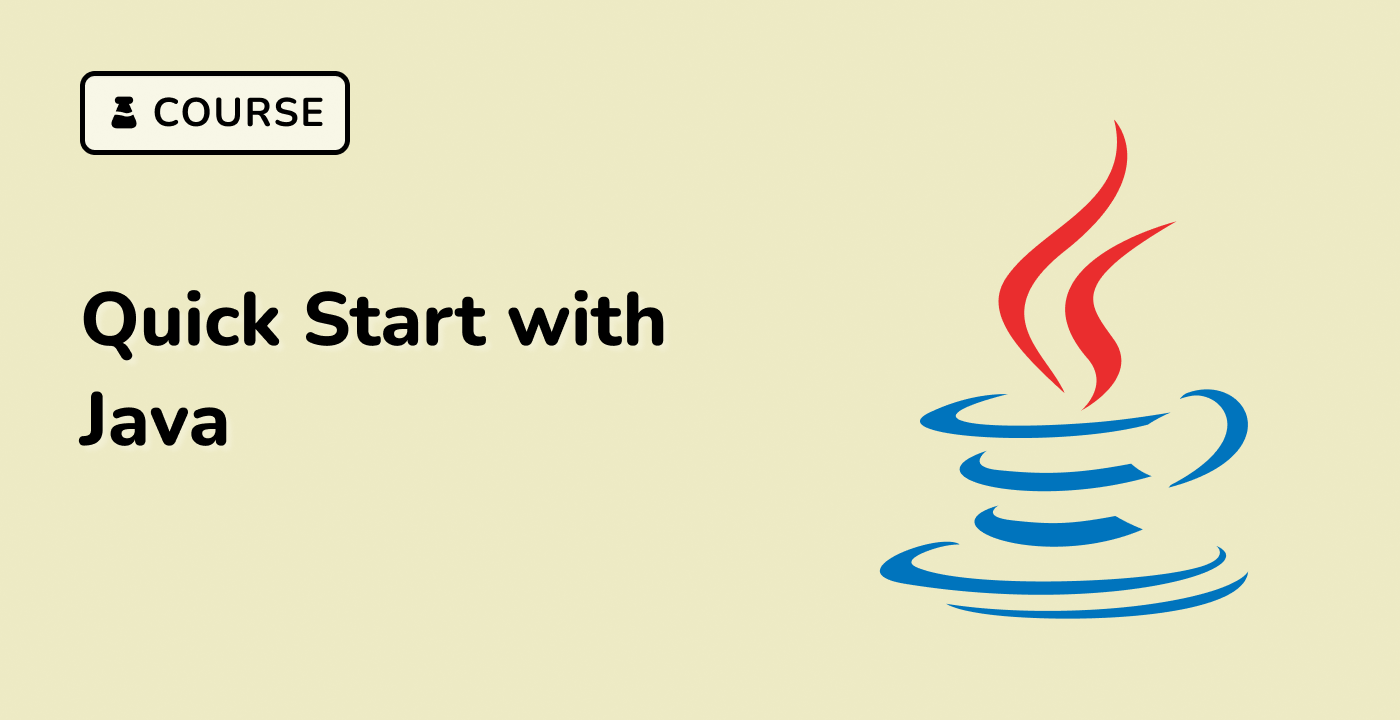Introduction
In Java, the Map data structure is used to store key-value pairs. It is challenging to find the maximum value in a map since it does not store the data in a sequence. In this lab, you will learn how to find the maximum value in a Java Map using the iterative approach and the Collections class.




